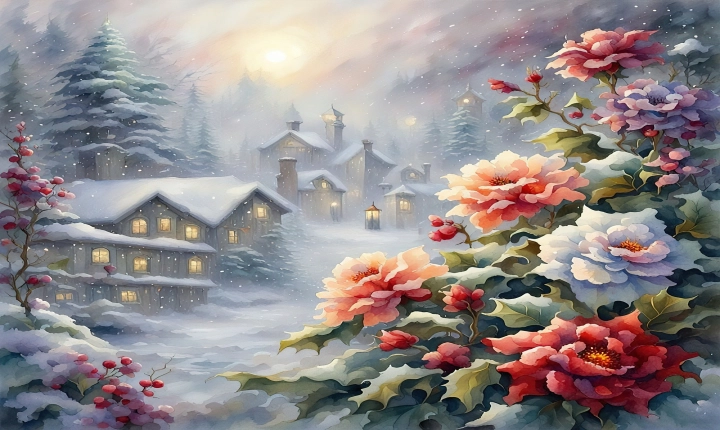Is AI-Generated Art Considered Art?
Art has always been a reflection of human creativity and expression, showcasing the unique perspectives, emotions, and imaginations of the creators. However, with the rapid advancement of technology, particularly in the field of artificial intelligence (AI), a new form of artistic expression has emerged – AI-generated art.
AI-generated art, created by algorithms and machine learning processes, raises the question of whether it can be considered as authentic art. Some argue that art produced by AI lacks the depth, emotion, and intention that traditional human-generated art possesses. They argue that the essence of art lies in the human experience, creativity, and personal expression, which cannot be replicated by machines.
On the other hand, proponents of AI-generated art believe that it represents a new form of creativity and expands the boundaries of artistic expression. They argue that AI can produce captivating, thought-provoking, and visually stunning works of art, challenging the traditional notions of what constitutes art.
One of the most famous examples of AI-generated art is the “Portrait of Edmond de Belamy” by the art collective Obvious. The portrait, created using a generative adversarial network (GAN) algorithm, garnered international attention when it was auctioned at Christie’s in 2018. This event sparked a debate about the legitimacy of AI-generated art and its place in the art world.
It is undeniable that AI has the potential to create art that is aesthetically pleasing and conceptually intriguing. The ability of AI to analyze vast amounts of data and generate unique and unexpected visual representations opens up new possibilities for artistic exploration and innovation.
Furthermore, AI-generated art challenges the traditional notions of authorship and the role of the artist in the creative process. It blurs the line between the artist and the tool, raising questions about the human connection to art and the significance of artistic intention.
While AI-generated art may lack the emotional depth and personal experiences of human-generated art, it offers a new perspective on creativity and artistic expression. It has the potential to complement and enhance traditional art forms rather than replace them.
In conclusion, the question of whether AI-generated art can be considered as authentic art remains a subject of ongoing debate. As technology continues to evolve, it is essential to recognize and embrace the potential of AI as a tool for artistic expression while also preserving the human element in art. The emergence of AI-generated art challenges us to reconsider the meaning of art and the boundaries of creativity, opening up new opportunities for artistic exploration and interpretation.
